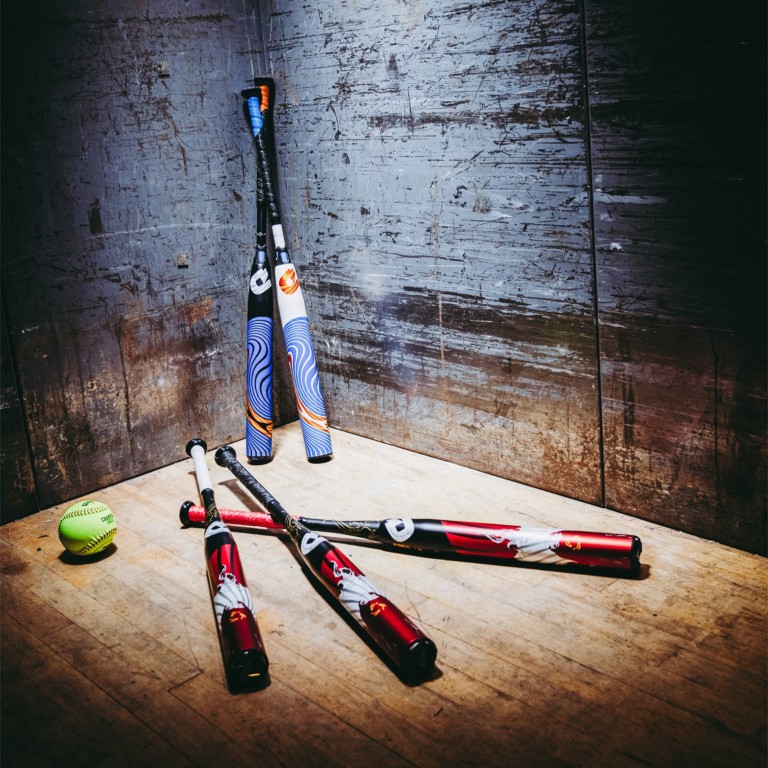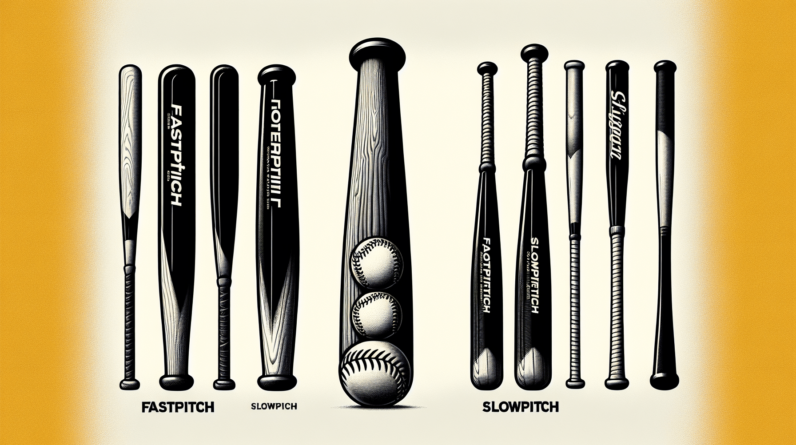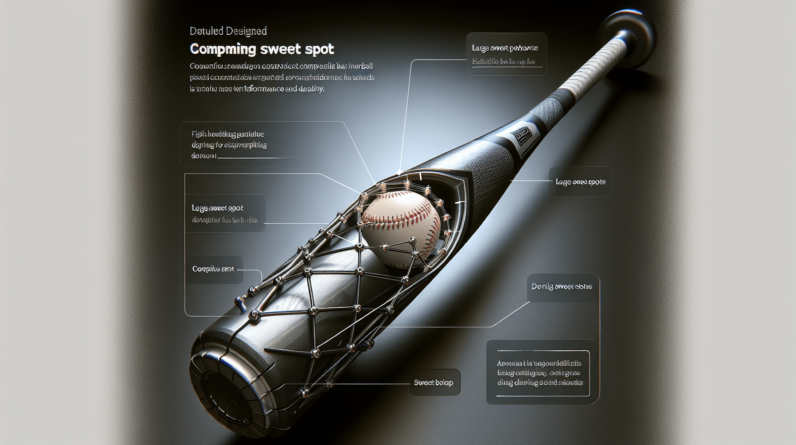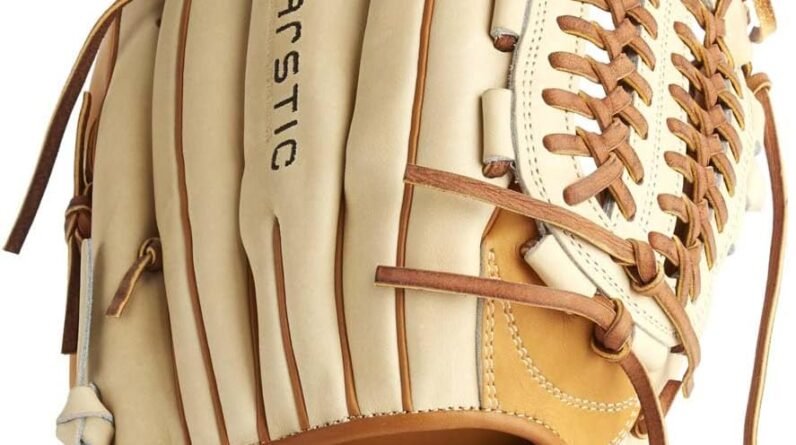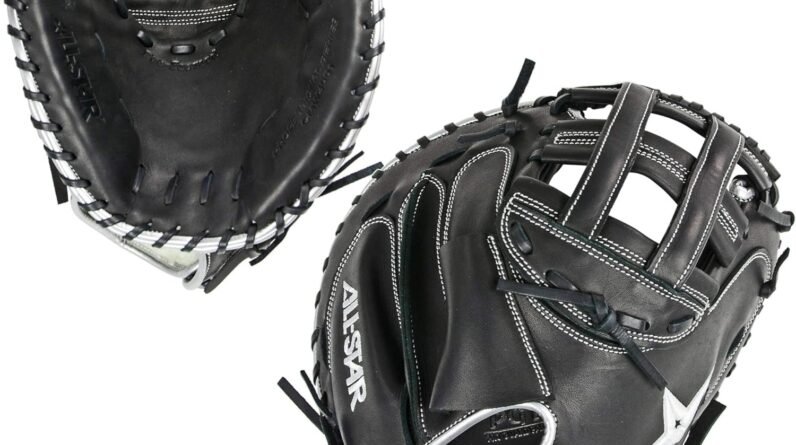Do you have a passion for fastpitch softball? If so, it’s important to stay up to date with the latest rules and regulations surrounding the use of softball bats. In this article, we will explore the updated rules for fastpitch softball bats, ensuring that you have a clear understanding of what is allowed and what is not. So whether you’re a player, coach, or just a fan of the game, read on to discover the changes that have been made and how they may impact your experience on the field.
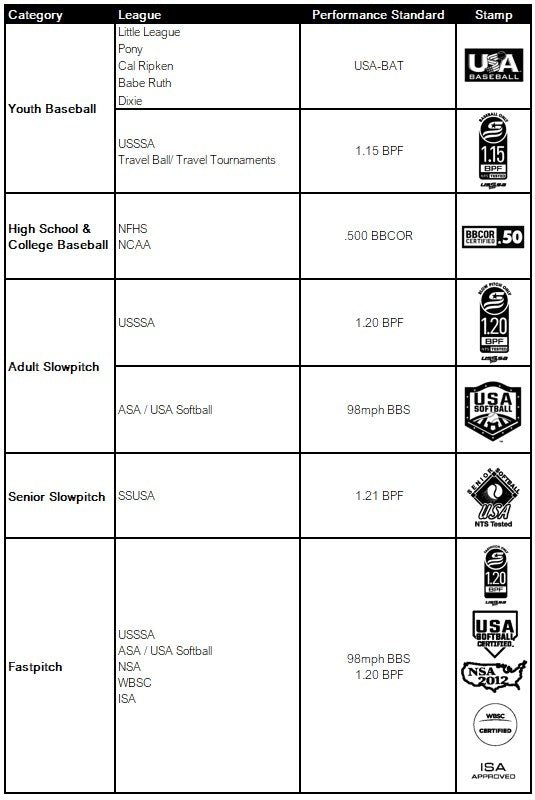
This image is property of cdn.shopify.com.
Overview of Fastpitch Softball Bats
Introduction to Fastpitch Softball Bats
Fastpitch softball bats are specialized equipment designed for the sport of fastpitch softball. These bats are specifically tailored to enhance the performance of players, allowing them to hit the ball with more power and accuracy. In this article, we will explore the key elements of fastpitch softball bats, the importance of following bat rules, the evolution of bat regulations, current rules and regulations, bat certifications, performance standards, approved bats, transition periods and implementation, the impact on the game and players, caring for fastpitch softball bats, and future trends in bat regulations.
Key Elements of Fastpitch Softball Bats
Fastpitch softball bats have several key elements that determine their performance and compliance with regulations. These elements include bat length and weight restrictions, barrel diameter limitations, bat performance standards (such as BPF and BBCOR certification), material restrictions, and grip and handle design specifications. Each of these elements plays a crucial role in ensuring fair play and maintaining a level playing field for all participants.
Importance of Following Bat Rules in Fastpitch Softball
Following bat rules in fastpitch softball is of utmost importance to ensure fair competition and to maintain the integrity of the game. By adhering to the established regulations, players, coaches, and umpires can ensure that the bats used in the sport are safe, legal, and provide a fair opportunity for all players. Violating bat rules can lead to penalties, including disqualification of players and teams from competitions. Therefore, it is essential for all participants to have a clear understanding of the bat rules and to use approved bats within the specified guidelines.
Evolution of Fastpitch Softball Bat Regulations
Historical Background of Bat Regulations
The regulation of fastpitch softball bats has evolved over time in response to advancements in bat technology and the need to maintain a balance between player performance and safety. In the early days of the sport, there were minimal regulations regarding bats, which led to significant discrepancies in performance and an unfair advantage for some players. As the sport grew in popularity and technology progressed, governing bodies recognized the need for standardized regulations to ensure fair competition and player safety.
Reasons for Implementing Bat Regulations
The implementation of bat regulations in fastpitch softball was driven by several key reasons. First and foremost, it was necessary to establish a level playing field by preventing certain players from gaining an unfair advantage through the use of excessively powerful bats. Additionally, regulations were put in place to address safety concerns, as the increasing power of bats presented a potential risk for both pitchers and fielders. By imposing restrictions on bat design and performance, governing bodies aimed to strike a balance between player performance and safety.
Impact of Bat Technology Advancements
Advancements in bat technology have had a significant impact on the regulations governing fastpitch softball bats. As new materials and manufacturing techniques have been introduced, bats have become more powerful and effective in hitting the ball. However, this has also led to concerns about player safety and the potential for an unfair advantage. In response, bat regulations have been continuously updated to restrict the performance capabilities of bats and maintain a fair and safe playing environment.
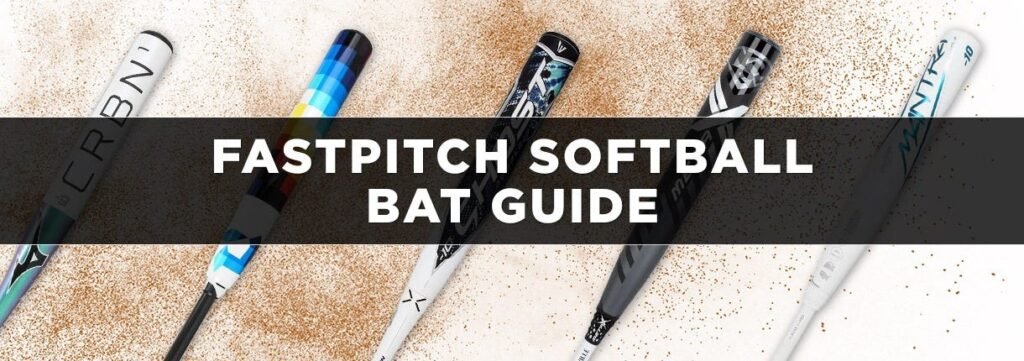
This image is property of www.baseballmonkey.com.
Current Bat Rules and Regulations
Governing Bodies for Softball Bat Regulations
Several governing bodies are responsible for establishing and enforcing bat rules and regulations in fastpitch softball. The primary governing bodies include the Amateur Softball Association (ASA), the National Federation of State High School Associations (NFHS), and the United States Specialty Sports Association (USSSA). These organizations work collaboratively to ensure consistent standards across different levels of play.
Understanding the ASA (Amateur Softball Association) Guidelines
The ASA provides guidelines for bat regulations in fastpitch softball. These guidelines encompass various elements, such as bat length and weight restrictions, barrel diameter limitations, bat performance standards, material restrictions, and grip and handle design specifications. ASA-approved bats are subject to rigorous testing to ensure compliance with these guidelines.
NFHS (National Federation of State High School Associations) Regulations for Fastpitch Softball Bats
The NFHS establishes regulations specifically for high school-level fastpitch softball. These regulations align with the ASA guidelines in many aspects but may have slight variations or additional requirements. High school players and coaches must familiarize themselves with these regulations to ensure the use of approved bats during competitions.
USSSA (United States Specialty Sports Association) Rules and Requirements
The USSSA has its own set of rules and requirements for fastpitch softball bats. These regulations may differ from the ASA and NFHS guidelines in certain aspects, such as bat performance standards and allowable materials. The USSSA ensures that its approved bats meet the necessary standards for fair play and promotes uniformity across its affiliated leagues and tournaments.
Other Relevant Organizational Regulations
In addition to the ASA, NFHS, and USSSA, there are other organizations and leagues that have their own unique regulations for fastpitch softball bats. For example, the NCAA (National Collegiate Athletic Association) has specific rules for collegiate-level competition, while some local leagues may have additional requirements or restrictions. It is important for players, coaches, and umpires to be familiar with the relevant regulations in their specific playing environment.
Key Elements Evaluated in Bat Certifications
Bat Length and Weight Restrictions
Bat length and weight restrictions are essential components of bat certifications. The governing bodies establish maximum and minimum limits for the length and weight of fastpitch softball bats to ensure that they are suitable for players of different ages and sizes. These restrictions help maintain a level playing field and prevent excessive advantages or disadvantages for certain individuals or teams.
Barrel Diameter Limitations
The diameter of the bat’s barrel is another critical element evaluated in bat certifications. The governing bodies set maximum and minimum limits for barrel diameter to prevent the use of excessively large or small barrels, which could result in performance advantages or safety concerns. These limitations help maintain a fair and balanced playing environment.
Bat Performance Standards (BPF and BBCOR)
Bat performance standards, such as Bat Performance Factor (BPF) and Batted Ball Coefficient of Restitution (BBCOR) certification, assess the trampoline effect of the bat and its ability to produce high ball exit speeds. BPF measures the relative performance of a bat compared to standard wood bats, while BBCOR certification is specific to high school and college-level play. These performance standards ensure that bats do not exceed certain performance thresholds, thus preventing an unfair advantage.
Material Restrictions
Governing bodies impose material restrictions on fastpitch softball bats to ensure fair play and player safety. Typical materials used in bat construction include composite, aluminum, and alloy. The regulations specify the allowable materials and may impose limitations on their usage to prevent the use of excessively powerful or dangerous materials.
Grip and Handle Design Specifications
The grip and handle design of a fastpitch softball bat also play a role in its certification. Regulations may specify requirements for grip material, texture, and thickness to enhance player comfort and control. Additionally, rules may govern handle design to prevent the use of illegal features that could give players an unfair advantage.
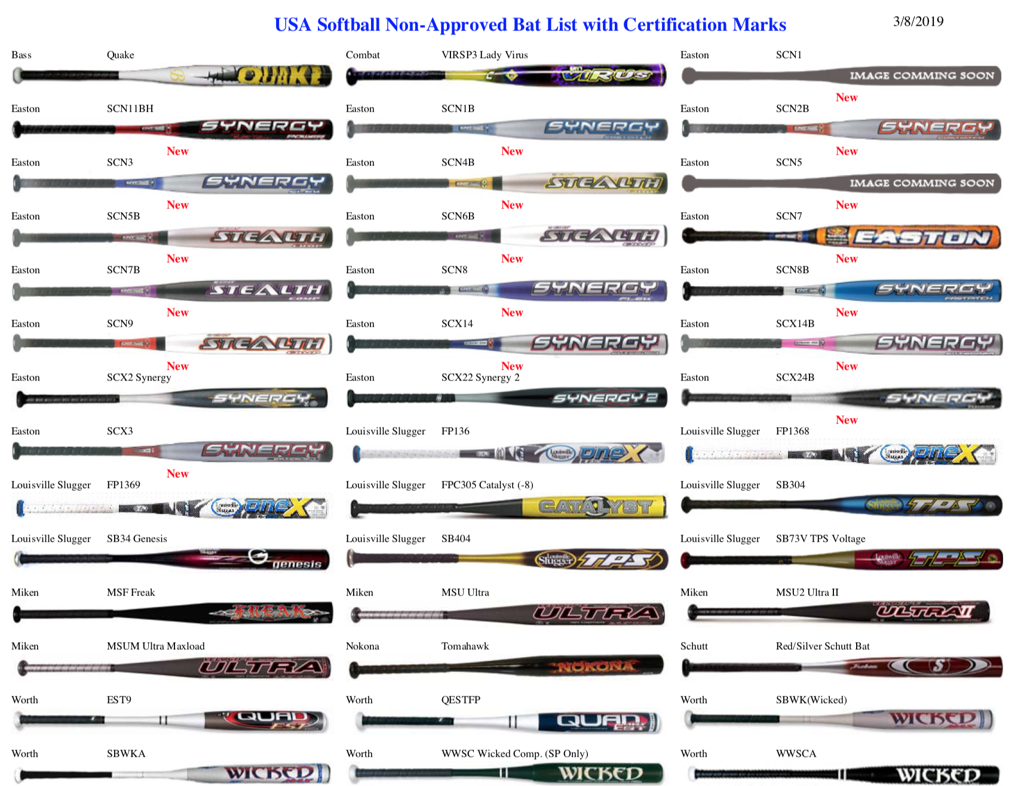
This image is property of cdn1.sportngin.com.
Understanding Bat Performance Standards
Bat Performance Factor (BPF)
Bat Performance Factor (BPF) is a measure of a bat’s performance relative to that of a standard wood bat. BPF values are expressed as a ratio, with a higher ratio indicating a greater trampoline effect and higher ball exit speeds. BPF certification ensures that bats do not exceed a certain performance threshold, preventing the use of excessively powerful bats that could give players a significant advantage.
BBCOR (Batted Ball Coefficient of Restitution) Certification
BBCOR certification is specific to high school and college-level play. It measures the trampoline effect of a bat and the resulting ball exit speeds. Bats that meet BBCOR standards have a limited trampoline effect, ensuring a fair and safe playing environment. BBCOR certification aims to balance player performance and safety, preventing the use of bats that produce an excessively powerful hitting surface.
Implications of Performance Standards on Game Play
Performance standards have significant implications on the game of fastpitch softball. By limiting the trampoline effect and ball exit speeds of bats, performance standards ensure a more level playing field and prevent certain players from gaining an unfair advantage. The restrictions imposed by performance standards promote fair competition and allow players to succeed based on their skill and technique rather than the equipment they use.
Identifying Approved Bats
ASA Approved Fastpitch Softball Bats
ASA-approved fastpitch softball bats have undergone rigorous testing to ensure compliance with the ASA guidelines. These bats meet the necessary requirements regarding length, weight, barrel diameter, performance standards, material restrictions, and grip and handle design specifications. Players and coaches can identify ASA-approved bats by referring to the official ASA-approved bat list or looking for the ASA certification mark on the bat.
NFHS Approved Fastpitch Softball Bats
NFHS-approved fastpitch softball bats adhere to the regulations established by the National Federation of State High School Associations. These bats meet the necessary requirements regarding length, weight, barrel diameter, performance standards, material restrictions, and grip and handle design specifications. Players and coaches can ensure the use of NFHS-approved bats by referring to the official NFHS rule book or seeking guidance from their respective high school athletic association.
USSSA Approved Fastpitch Softball Bats
USSSA-approved fastpitch softball bats have met the regulations set forth by the United States Specialty Sports Association. These bats comply with the specific requirements regarding length, weight, barrel diameter, performance standards, material restrictions, and grip and handle design specifications. Players and coaches can identify USSSA-approved bats by referring to the official USSSA-approved bat list or looking for the USSSA certification mark on the bat.
Other Approved Bat Certifications
There may be other approved bat certifications beyond the ASA, NFHS, and USSSA guidelines, depending on the specific playing environment or organizational regulations. For example, the NCAA has its own approved bat list for collegiate-level play. Players, coaches, and umpires should consult the relevant rule books and guidelines to ensure the use of bats that comply with the applicable certifications.
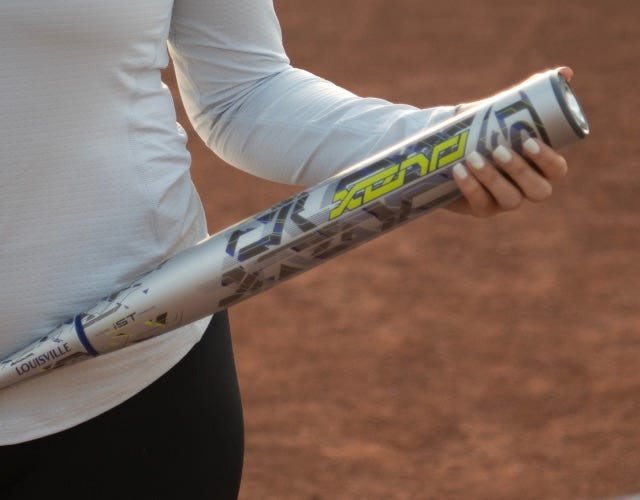
This image is property of www.slugger.com.
Transition Periods and Implementation
Grace Periods for Adopting New Bat Standards
When new bat standards are introduced, governing bodies often provide a grace period during which players and teams can transition to compliant bats. This grace period allows participants to adjust to the new regulations and acquire the necessary equipment. It is crucial for players, coaches, and umpires to stay updated on any changes in bat standards and the corresponding grace periods to avoid penalties for non-compliance.
Potential Penalties for Using Non-Compliant Bats
Using non-compliant bats can result in penalties during fastpitch softball competitions. Penalties can range from ejection of an offending player to disqualification of an entire team if multiple players are found to be using non-compliant bats. These penalties are imposed to ensure fair play and maintain the integrity of the game. It is the responsibility of players, coaches, and umpires to be aware of the bat rules and use approved bats to avoid penalties.
Educating Players, Coaches, and Umpires on Updated Rules
To ensure compliance with bat regulations, it is essential to educate all participants in fastpitch softball, including players, coaches, and umpires, on the updated rules. This education can take the form of workshops, seminars, or rule book updates. By providing comprehensive information on the bat rules and the importance of compliance, participants can make informed decisions and contribute to fair play in the sport.
Impact on the Game and Players
Effect on Hitting Performance and Bat Speed
Bat regulations have a significant impact on the hitting performance and bat speed in fastpitch softball. By limiting certain performance aspects of bats, such as the trampoline effect and ball exit speeds, regulations ensure a level playing field where hitting prowess is determined by skill and technique rather than equipment advantages. While some players may initially experience a decrease in hitting performance, the overall impact promotes fair and balanced competition.
Changes in Batting Strategy and Approach
Bat regulations influence the batting strategy and approach in fastpitch softball. As certain performance aspects of bats are restricted, players may need to adjust their approach to generate more power and take advantage of their skills within the confines of the regulations. This can lead to changes in batting techniques, tactics, and overall game strategy, creating a more dynamic and adaptive playing environment.
Safety Considerations with Regulated Bats
One of the key considerations in implementing bat regulations is player safety. By limiting the performance capabilities of bats, the risk of excessive ball speeds and potential injuries to fielders and pitchers is reduced. The regulations serve as a safeguard to ensure the safety of all participants, allowing them to focus on their skills and enjoy the sport without unnecessary risks.
This image is property of scheels.scene7.com.
Caring for Fastpitch Softball Bats
Proper Bat Storage and Maintenance
Proper bat storage and maintenance are crucial to ensure the longevity and performance of fastpitch softball bats. Bats should be stored in a cool, dry place, away from excessive heat or cold that can affect their integrity. Regular cleaning and inspection of bats are also essential to remove dirt, debris, and excessive wear that could compromise their performance.
Tips for Increasing Bat Longevity
To increase the longevity of fastpitch softball bats, several tips can be followed. Firstly, avoid using bats in extreme temperatures, as these conditions can weaken the materials and impact performance. Additionally, rotate the use of bats during practices and games to distribute the stress evenly, preventing undue wear on a single bat. Proper grip maintenance, such as replacing worn-out grips, can also contribute to extending bat longevity.
Avoiding Damages and Dents
To avoid damages and dents in fastpitch softball bats, players should use proper batting techniques and avoid contact with hard surfaces, such as the ground or other equipment. Bats should not be used for purposes other than their intended use in the sport to prevent unnecessary damages. Ensuring that each player has an appropriately sized bat can also prevent excessive stress that may lead to structural damage.
Future Trends and Outlook
Anticipated Changes in Bat Regulations
As technology continues to advance, the future of fastpitch softball bat regulations will likely see further refinements to maintain a balance between player performance and safety. Anticipated changes may include more stringent performance standards, updated material restrictions, and enhanced bat certification processes. Governing bodies will continuously evaluate the evolving landscape of bat technology to ensure fair play and an enjoyable experience for all participants.
Technological Advancements in Bat Design
Technological advancements in bat design will continue to shape the future of fastpitch softball. Manufacturers are constantly researching and developing innovative materials, construction techniques, and designs to improve bat performance. These advancements will influence future regulations as governing bodies adapt to new technologies while maintaining fair competition and player safety.
Balancing Performance and Safety in Fastpitch Softball
The future of fastpitch softball bat regulations will require a delicate balance between player performance and safety considerations. As technology evolves and bats become more powerful, governing bodies face the challenge of allowing players to perform at their best while addressing potential safety risks. Striking a balance between performance and safety will ensure the continued growth, popularity, and sustainability of the sport of fastpitch softball.

